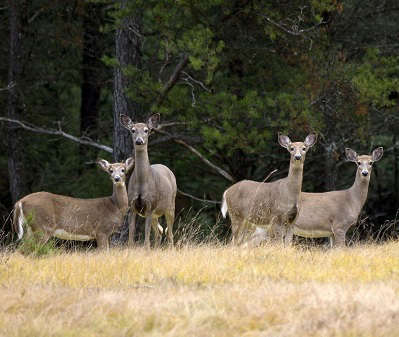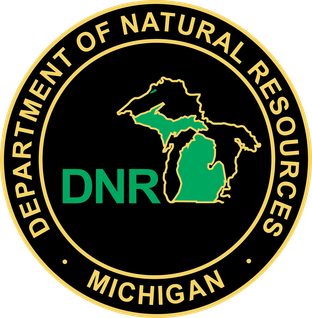Natural Resources Commission to meet Aug. 9 in Lansing
GW: Remember how so many hunters squawked about closing down artificial baiting when we had that one case of CWD in a captive herd? The DNR was acting on its approved plan, that’s all. So, here’s your chance to be heard. It could be very interesting. There’s other good stuff to be discussed, as well.
Just read the whole post, because not much of it relates to baiting, but it’s in there.
The Michigan Natural Resources Commission (NRC) will hold its regular monthly meeting Thursday, Aug. 9, at the Michigan State University Diagnostic Center for Population and Animal Health, 4125 Beaumont Road, Lansing.
The day begins at 10:30 a.m. with a meeting of the Michigan State Parks Advisory Committee. Committee members will hear a report from the Blue Ribbon Panel on State Parks and Outdoor Recreation, which was appointed by Gov. Rick Snyder to provide a vision for the future of state parks. In addition, the committee will receive updates on the state’s trails system and trail planning process, the state comprehensive outdoor recreation planning process and the status of the Recreation Passport.
At 1 p.m., the Policy Committee on Wildlife and Fisheries will discuss fisheries regulations, coldwater stream assessment activities, waterfowl hunting regulations and antler point restrictions for deer hunting.
At 3 p.m., Department of Natural Resources Director Keith Creagh will report to the Committee of the Whole. The Committee will also receive an update on legislation affecting the department.
Public appearances before the NRC will begin immediately following the director’s report. Those wishing to make public comments to the NRC should contact Deb Whipple, executive assistant to the NRC, at 517-373-2352 or whippled1@michigan.gov to register. Registration is also available at the meeting.
The regular NRC meeting will begin immediately following public appearances.
Items scheduled for action by the commission include waterfowl hunting regulations and updated feeding and baiting regulations for deer that would take effect in the event of an outbreak of chronic wasting disease. The regulation changes are part of a revision of the state’s chronic wasting disease response plan.
Items eligible for action by Director Creagh are changes to the state’s fee structure for mineral audits and seven land transactions.
For more information on the NRC, including this meeting’s agenda, informational memos and past meeting minutes, go to www.michigan.gov/nrc.




Shooting terrified animals trapped from escape by fences never struck me as being “sportsman-like”.
Baiting deer also poses health risks by assembling them in a small area, subject to horizontal CWD infections.
Experts indicate farmed deer infected with Chronic Wasting Disease (CWD) pose significant risks to wild deer and elk in the same area:
Diseased deer and elk shed infectious CWD prions in their saliva, mucous, blood, urine and feces. Prions become 680 times more infectious in certain soils, and soils remain infectious for years (Pedersen, J., et al). Pathways of risk at the fence lines between concentrations of wild and captive deer and elk include potentially contaminated soil and vegetation, and wind-borne or water borne infectious materials.
I agree that fenced hunts are not sportsman-like and that baiting can cause disease. That’s why I don’t do either. However, baiting in Michigan is limited to 2 gallons and it must be spread over a 10 square-foot area. Subsequently, no CWD has been found in Michigan’s wild deer herd.